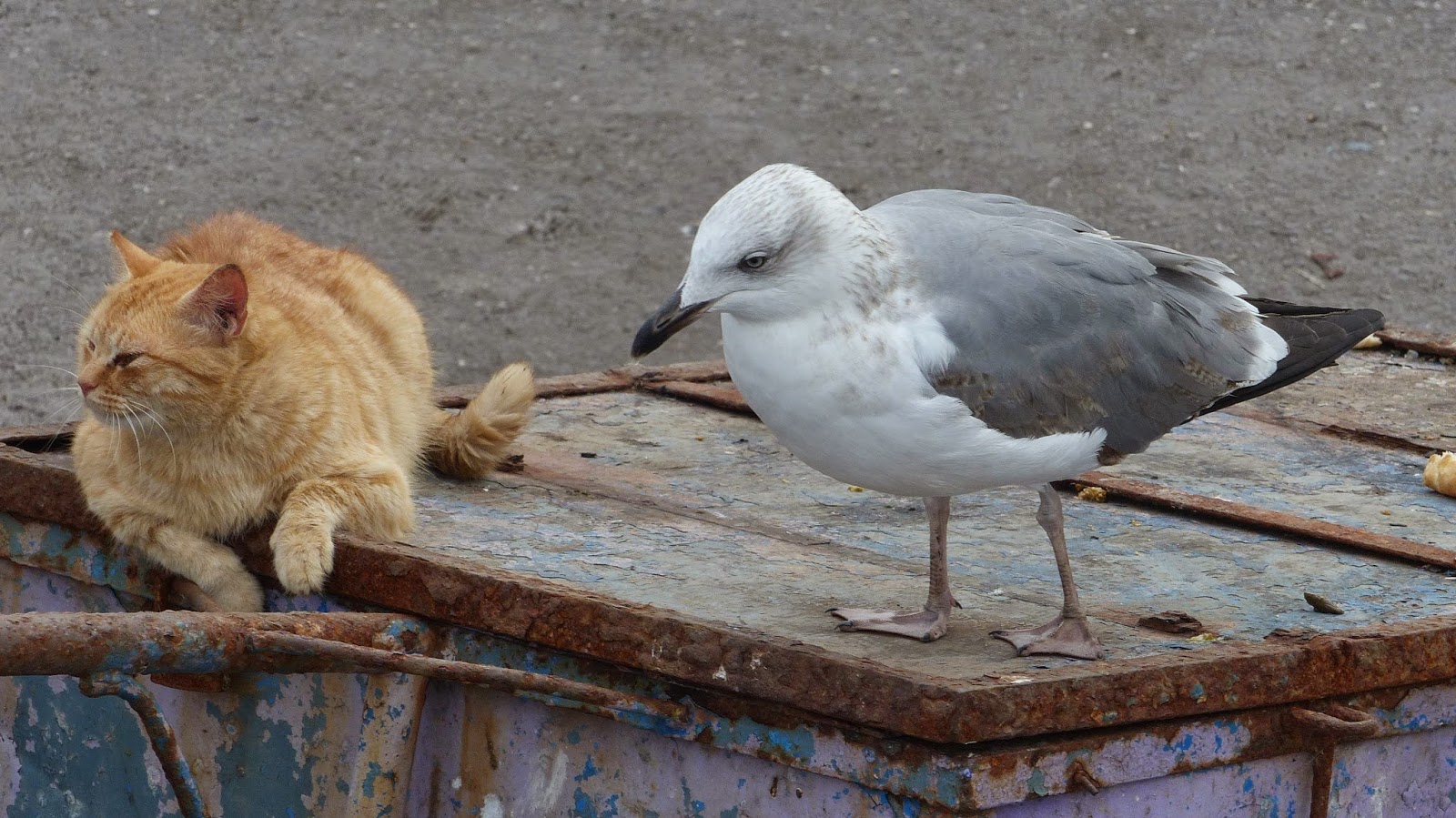One day I made a home visit to vaccinate a healthy dog. When I parked in front of my client’s home, I
noticed all the empty cat litter boxes stacked in her garage. I started
thinking: am I sure she wanted her dog
vaccinated?
Once she opened the door I had to ask if I was here to
vaccinate her dog because all I could see were cats. I’d walked into her small
bungalow and there were cats everywhere. 34 to be exact but that doesn’t count
the 4 in her bedroom (that don’t get along with the others) or the 5 on the
enclosed back porch (which are relatively new arrivals). I had to start petting
them because these were very friendly cats. Each level of the cat tree was
occupied; four more cats were scattered across the living room sofa. Each
dining room chair was occupied by 1 or 2 felines. Everyone was happy and if I got
close enough, the heads swayed my way for rubbing and caressing. No one could
get enough attention.
The litter boxes were relatively clean and filled the end of
the dining room. There was plenty of food left in the bowls I could see. (
I’d have to give her my advice about this later.) It was kind of fun to be
surrounded by all these cats that each wanted all your attention, but where was
the dog?
The dog was confined in a small second bedroom. My client
explained that the elderly neighbors had both gone to the hospital and left the
dog behind. Now, she had found out that they weren’t coming back. But the dog was
fine with the cats, and the cats weren’t afraid of the dog but she didn’t trust
them together (yet?)
As we looked over the dog and talked, it looked like he was
getting the short end of the stick. Yes, he had a loving home but he was
confined to a small spare bedroom. Periodically he was led out to the back yard
where he spent some time, but there were no walks, minimal exercise and not a
lot of stimulation.
This was a very busy woman and she was doing the best she
could with all these pets, but Bosco was a very nice dog, and he belonged in a
new home where he would get more attention and stimulation.
The cats seemed to be doing well with the exception of one
who had lost a lot of weight and was not responding well to treatment after his
diagnosis of diabetes. If you read my posts on the importance of limit feeding
your pets and
how to treat the diabetic cat, you will understand how
complicated this 43 cat household becomes. How do I know who is eating and who
is not? How do I feed the most appropriate diet as well as the right amount to
each cat? It can be done, but it’s not easy and is very time consuming (as if
any home with 43 cats wouldn’t be time consuming). I had had a client in St.
Louis who managed quite well with her 24 cats. At meal time (twice each day), each
feline knew to go to his or her food bowl and wait for their particular diet.
With 24 cats of various ages and needs, there were 4 different diets spread
between these cats.
Ultimately the couple got divorced but had to continue to
live together because where can you move and take 12 cats?
Most of us don’t have the time, energy or finances to take
care of this many cats. It’s hard to say no to each additional cat that needs a
good home, but you have to be fair to yourself as well as the cats. Also, the
more cats in one household the more likely behavioral problems (such as urine
marking) and even fighting will result.
As far as Bosco: There was food sitting in his bowl and
he exercise was limited to visits to the back yard a few times each day. If
patterns didn’t change he would continue to put on weight and ultimately
suffer all the side effects of too much food and too little exercise.
Unfortunately, this kind woman had a bad knee and couldn’t walk this big dog.
My recommendation was to find a new home for the dog. Until that happened, I
suggested feeding a precise premeasured amount of a light diet twice daily, and
when possible, going out into the yard with the dog and throwing a ball for him to encourage more exercise and activity.

.jpg)









